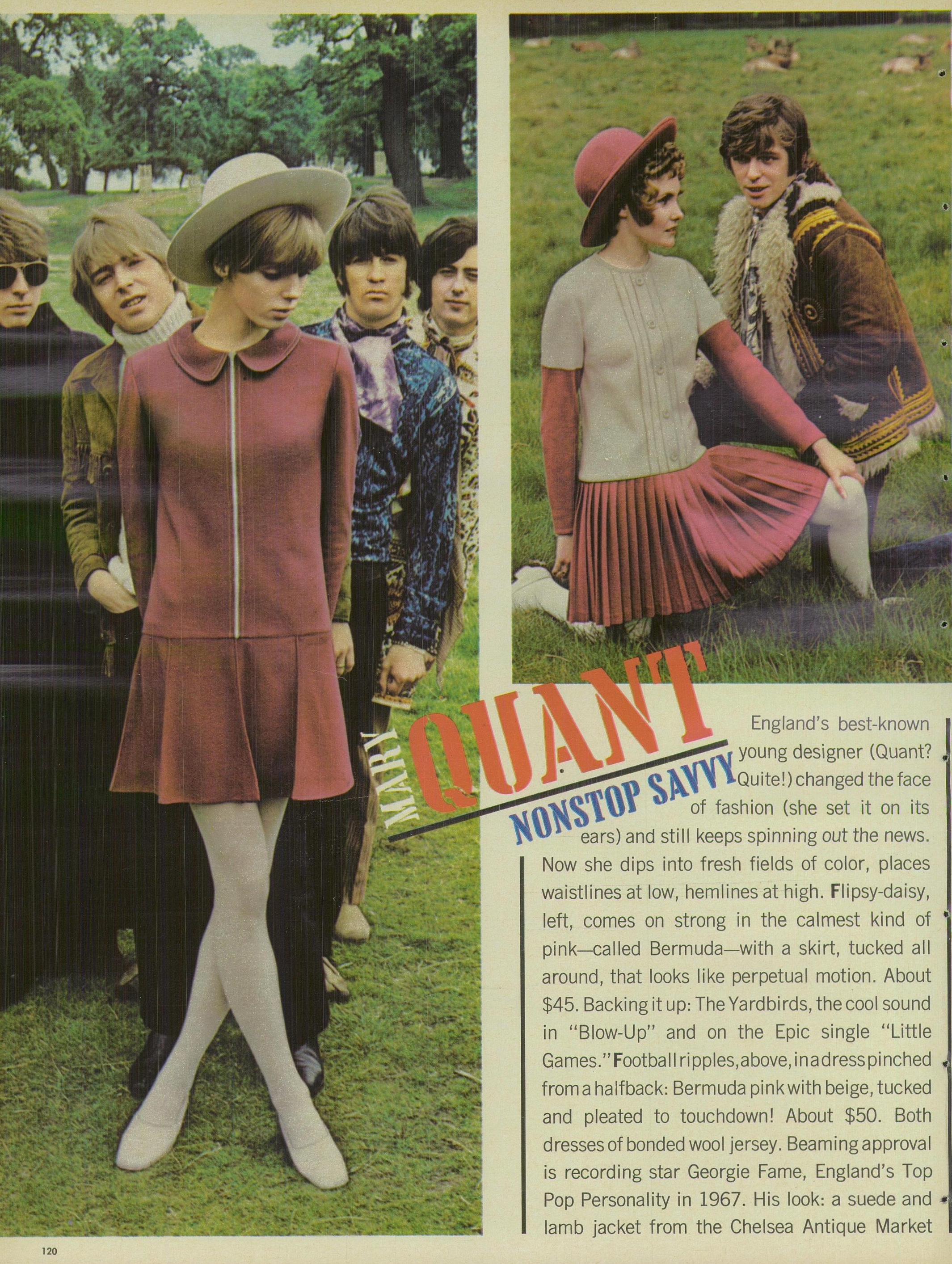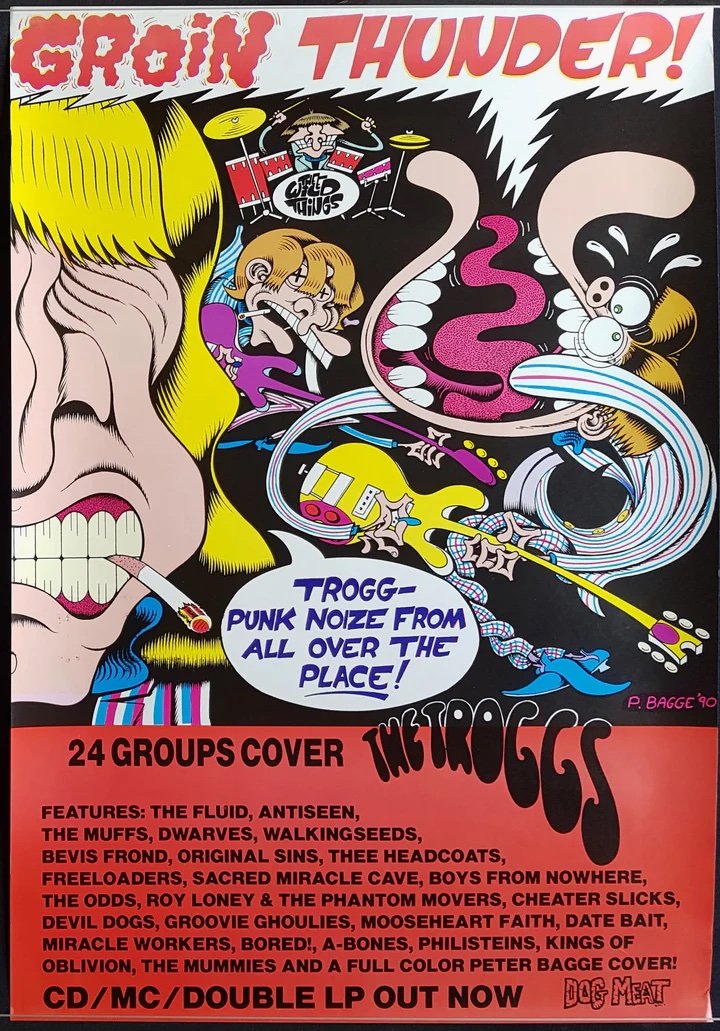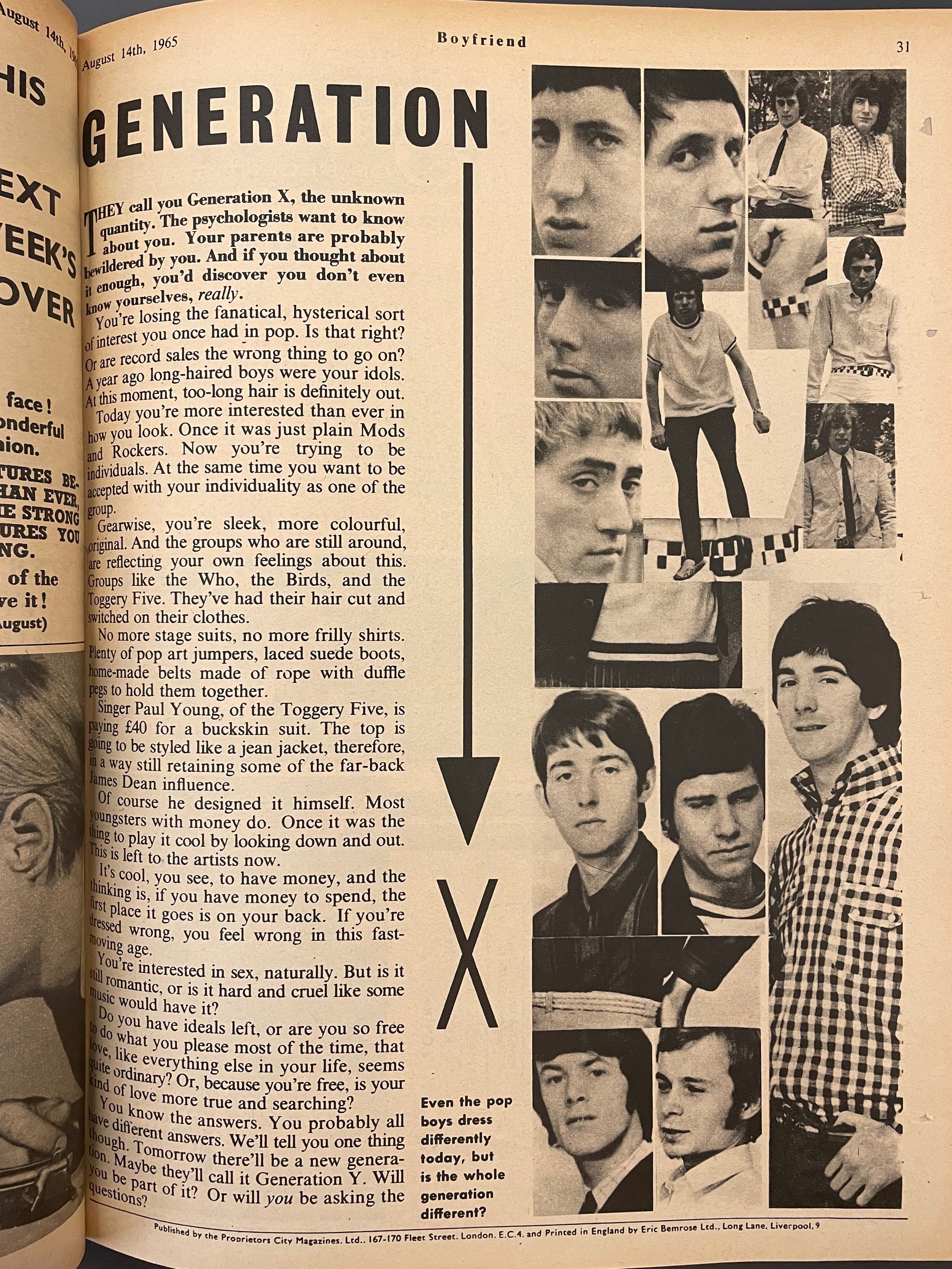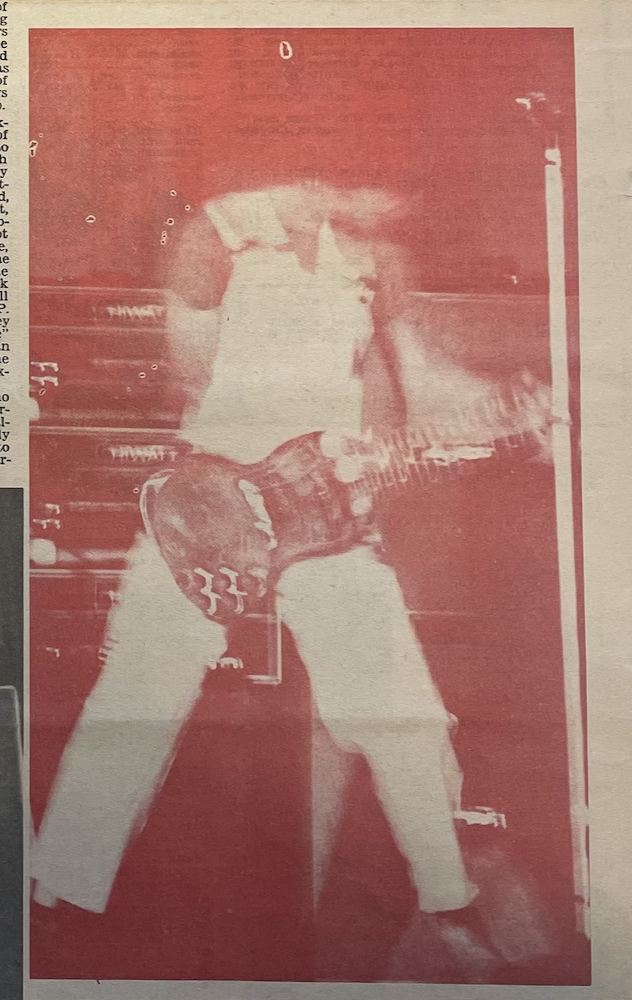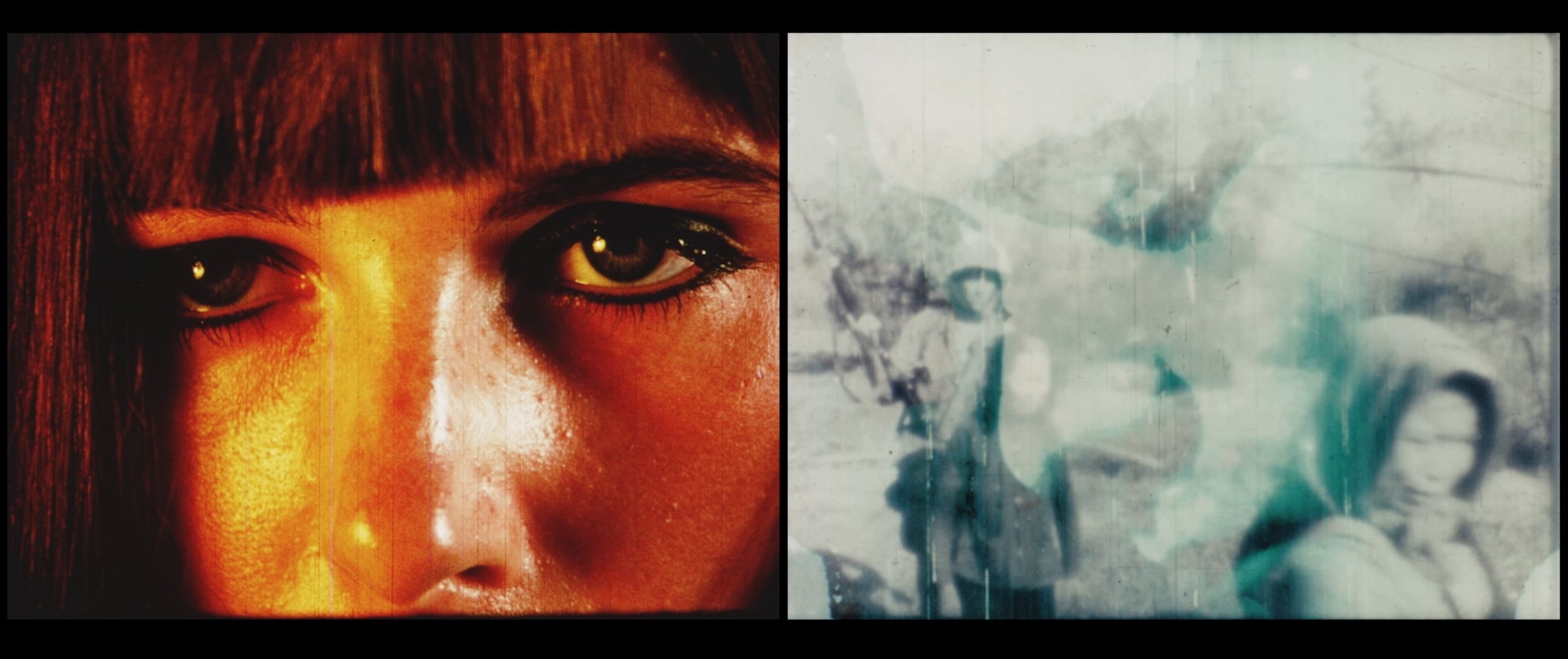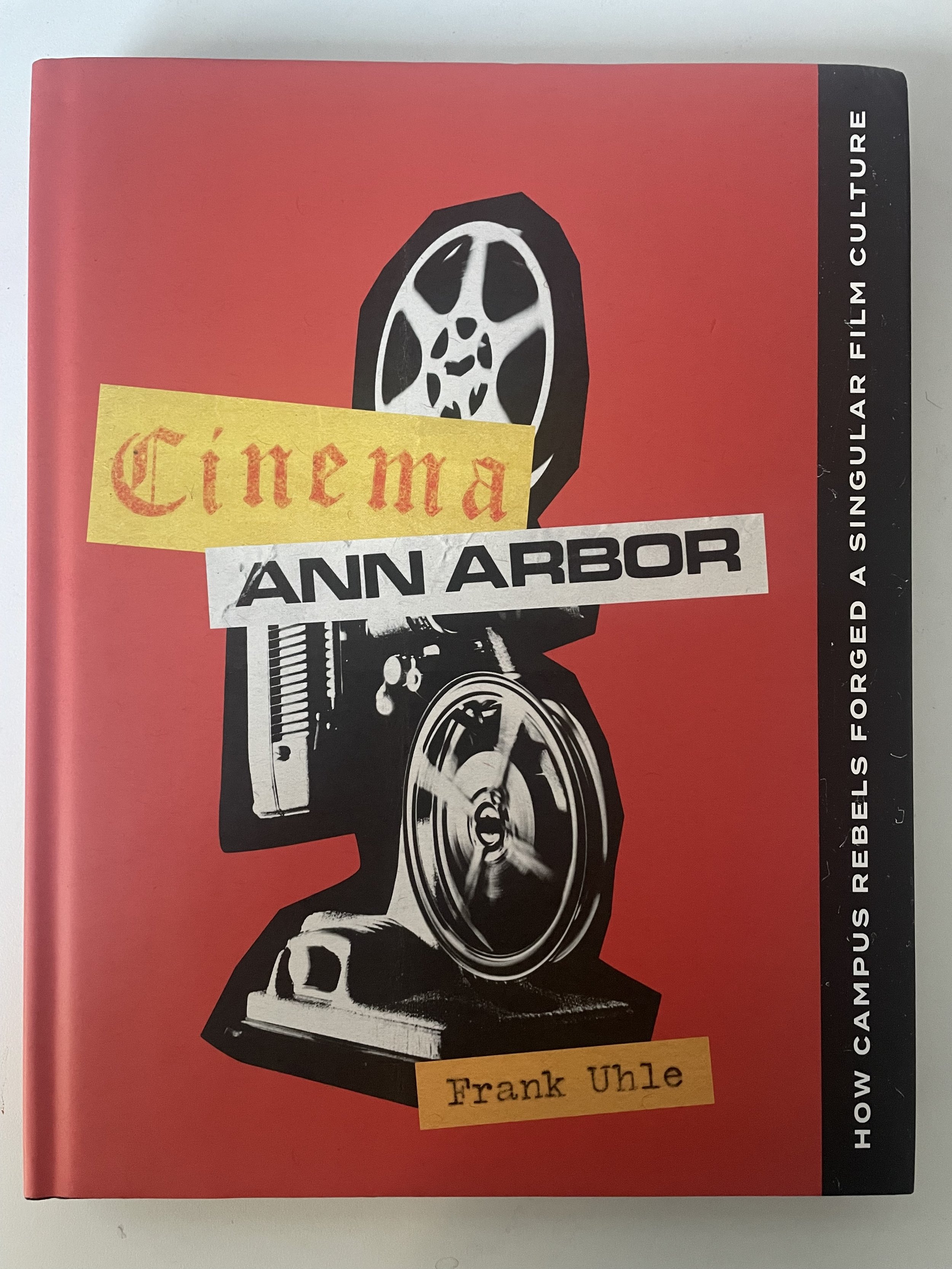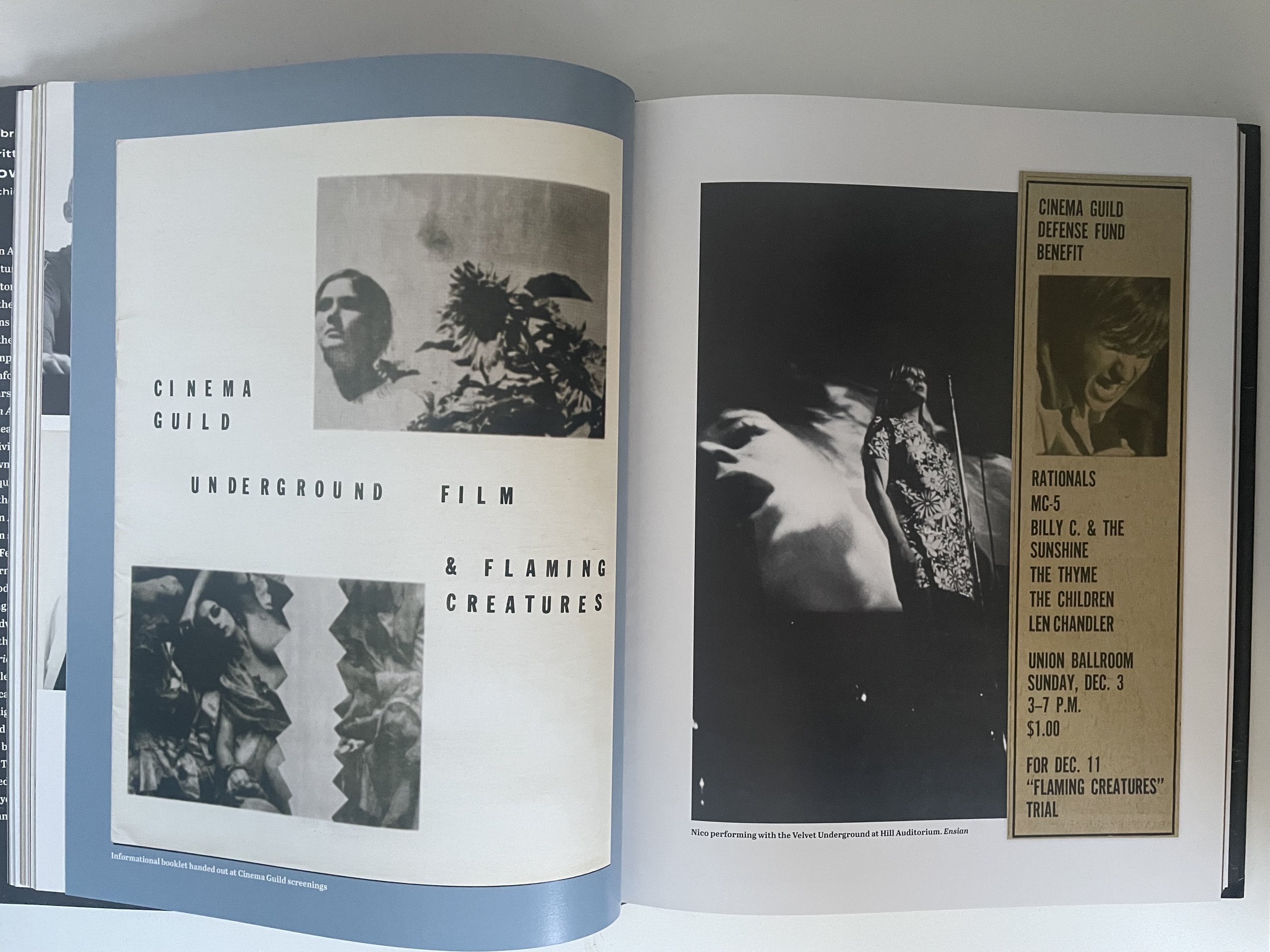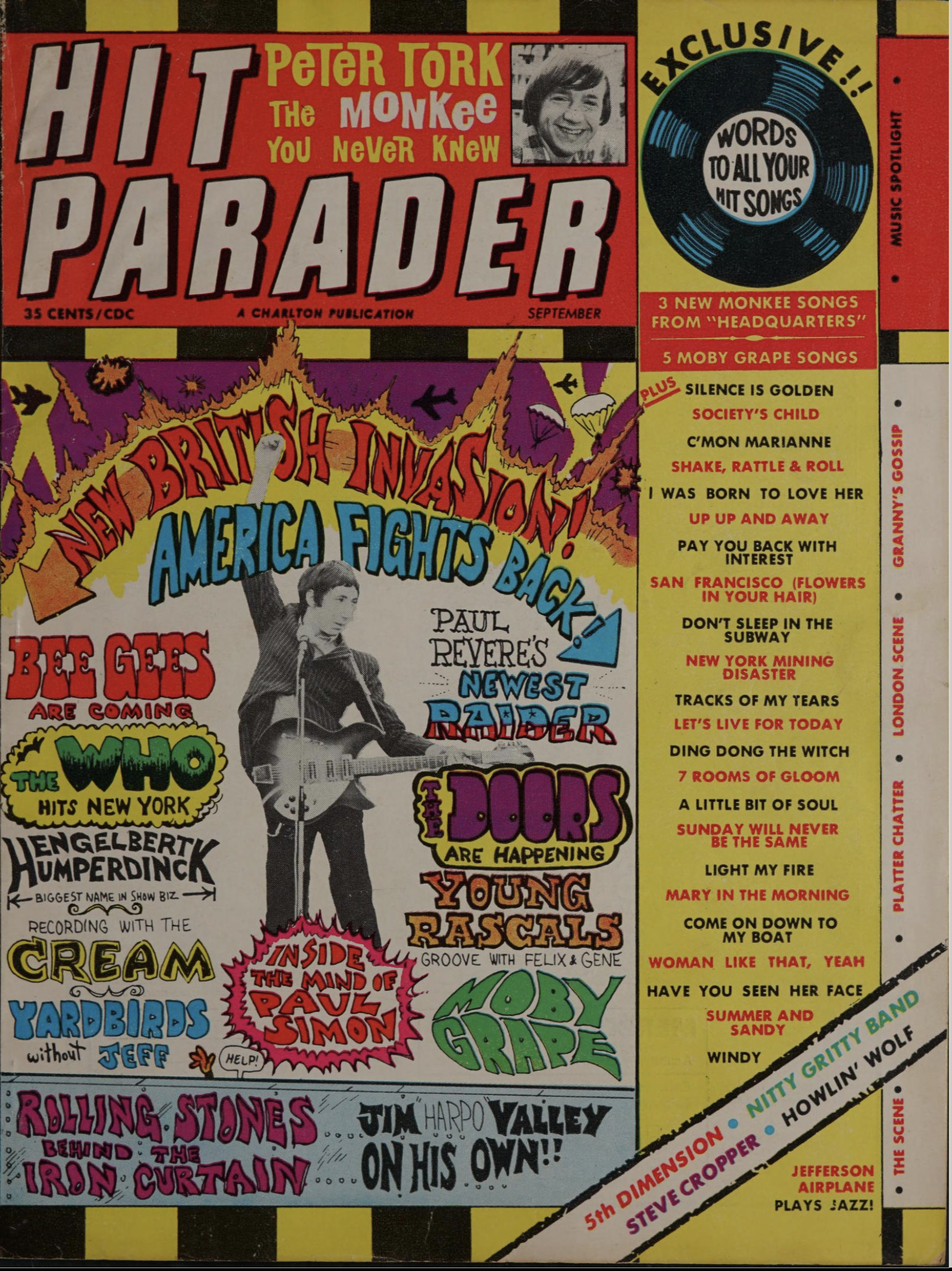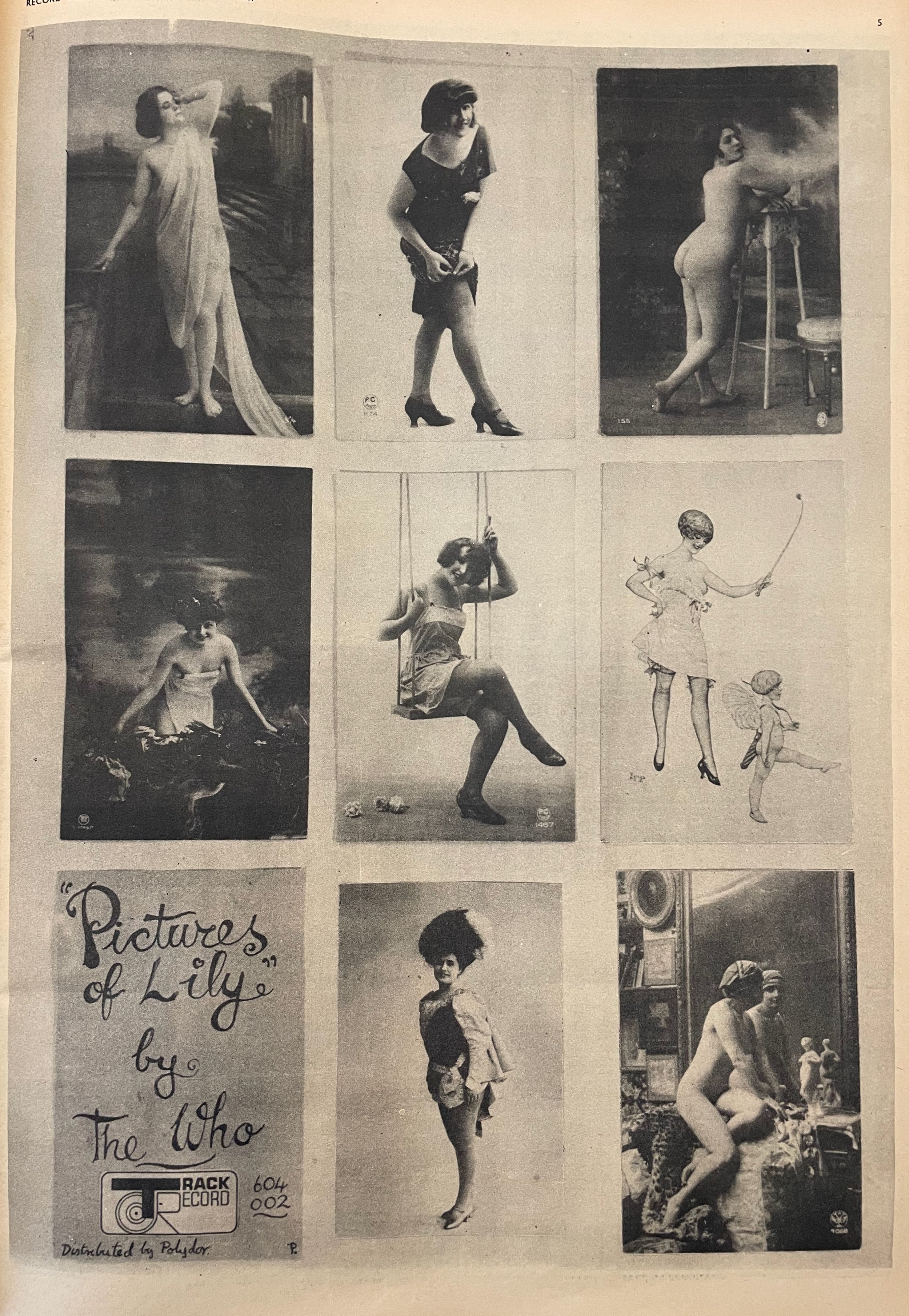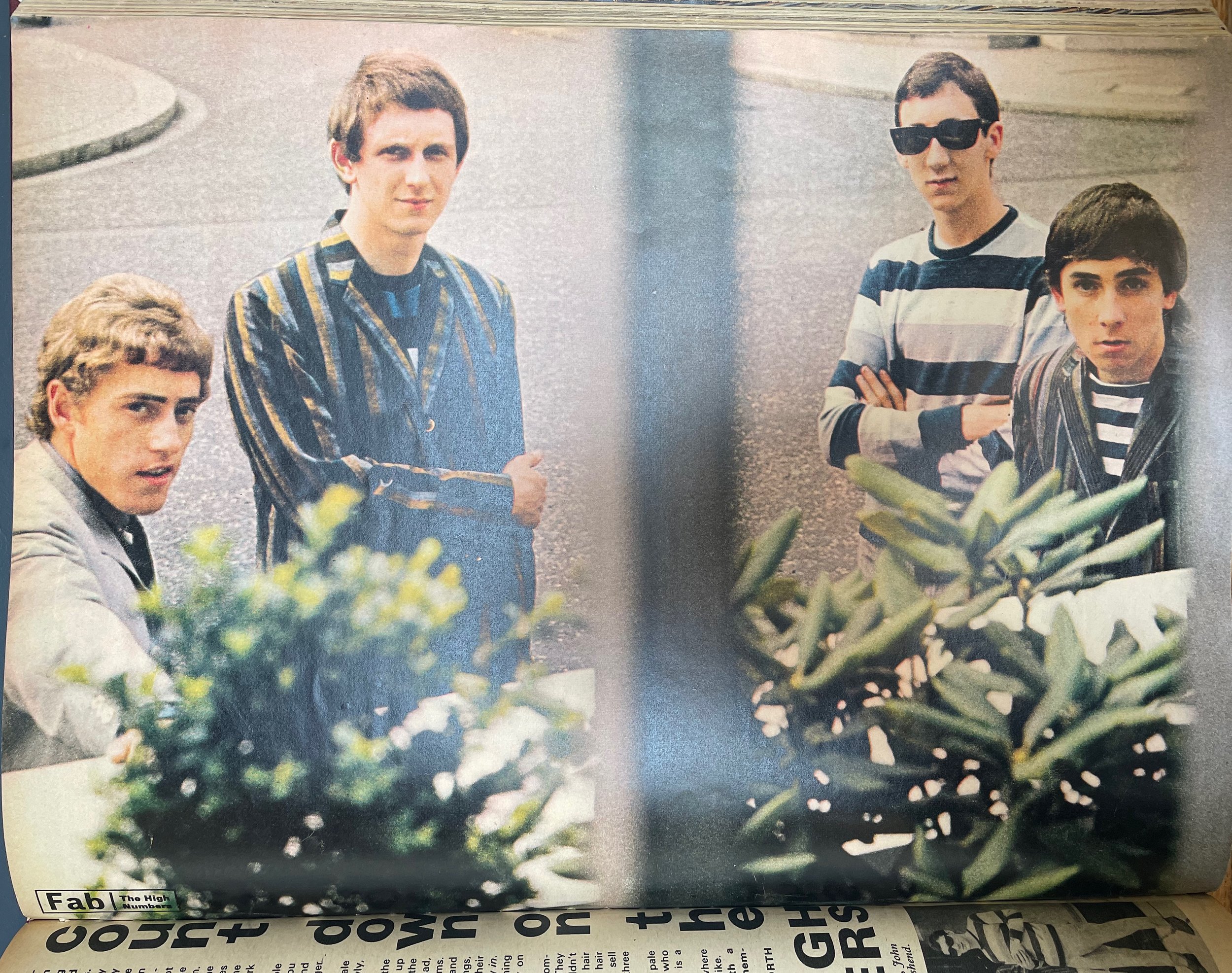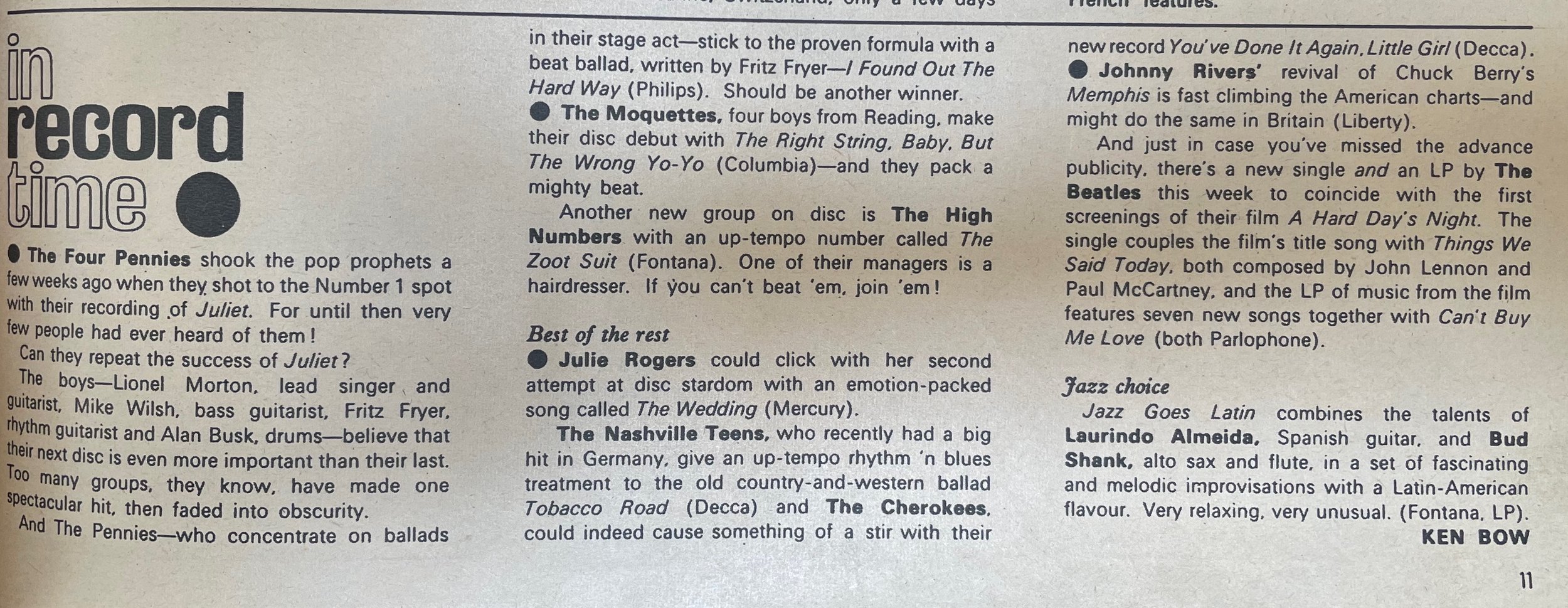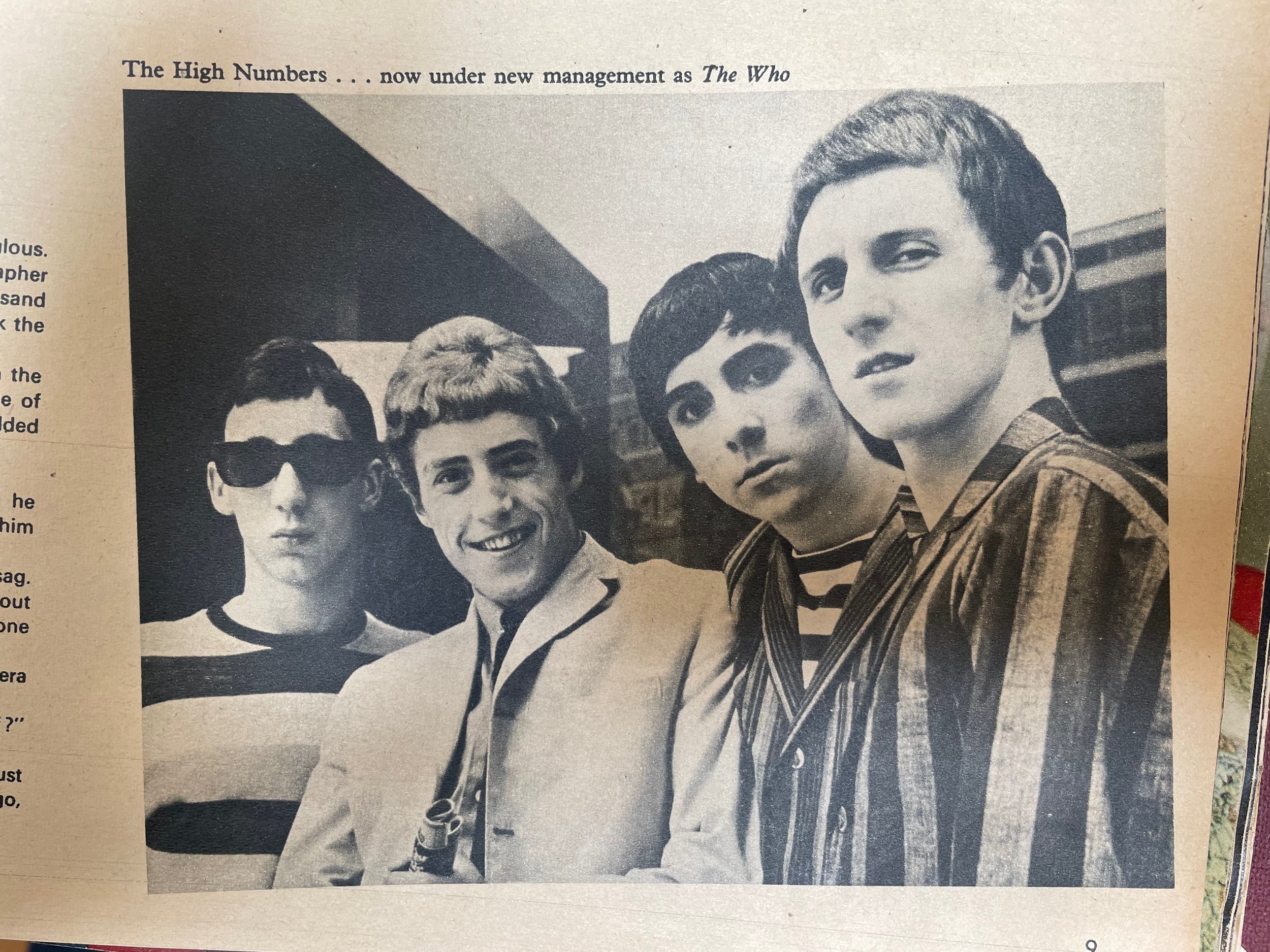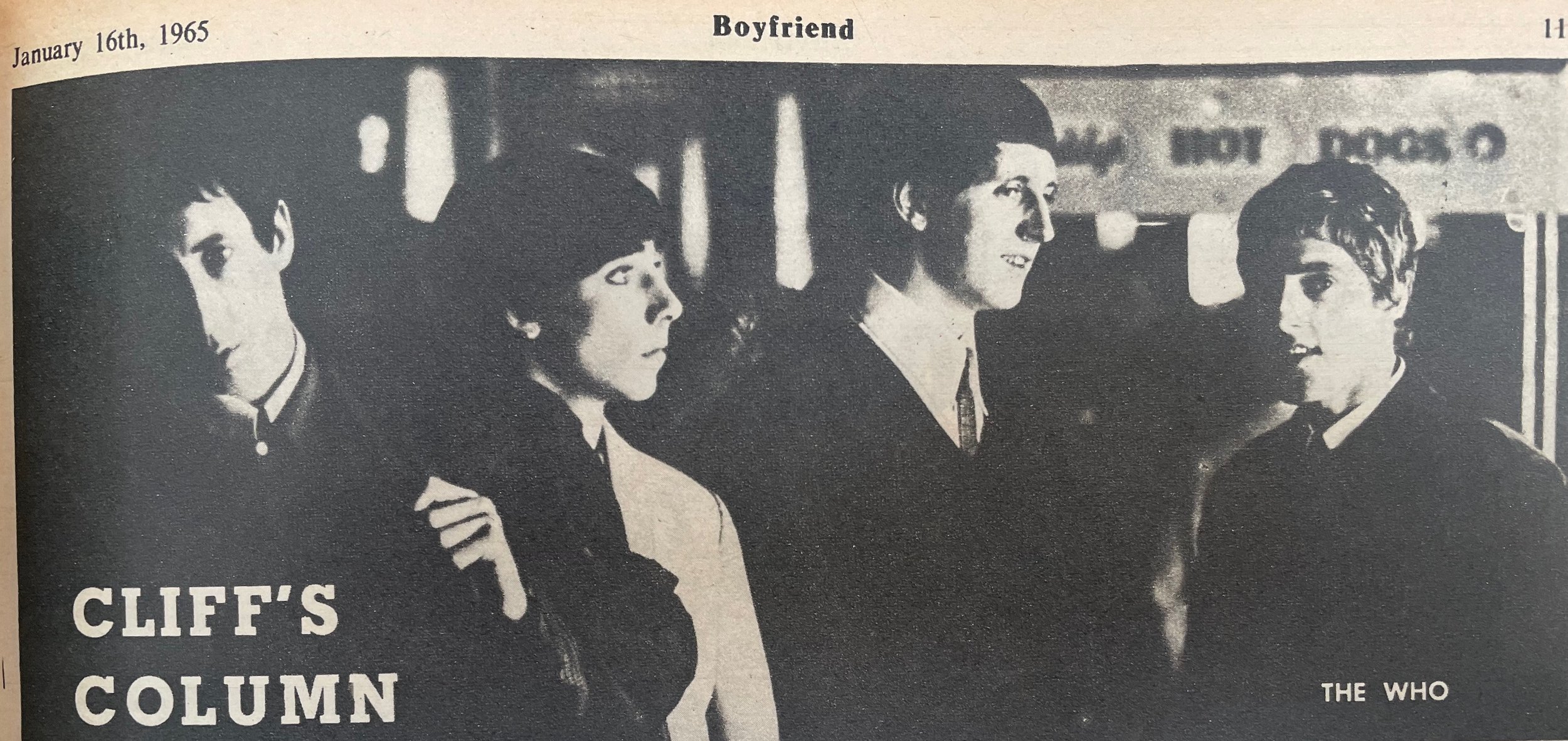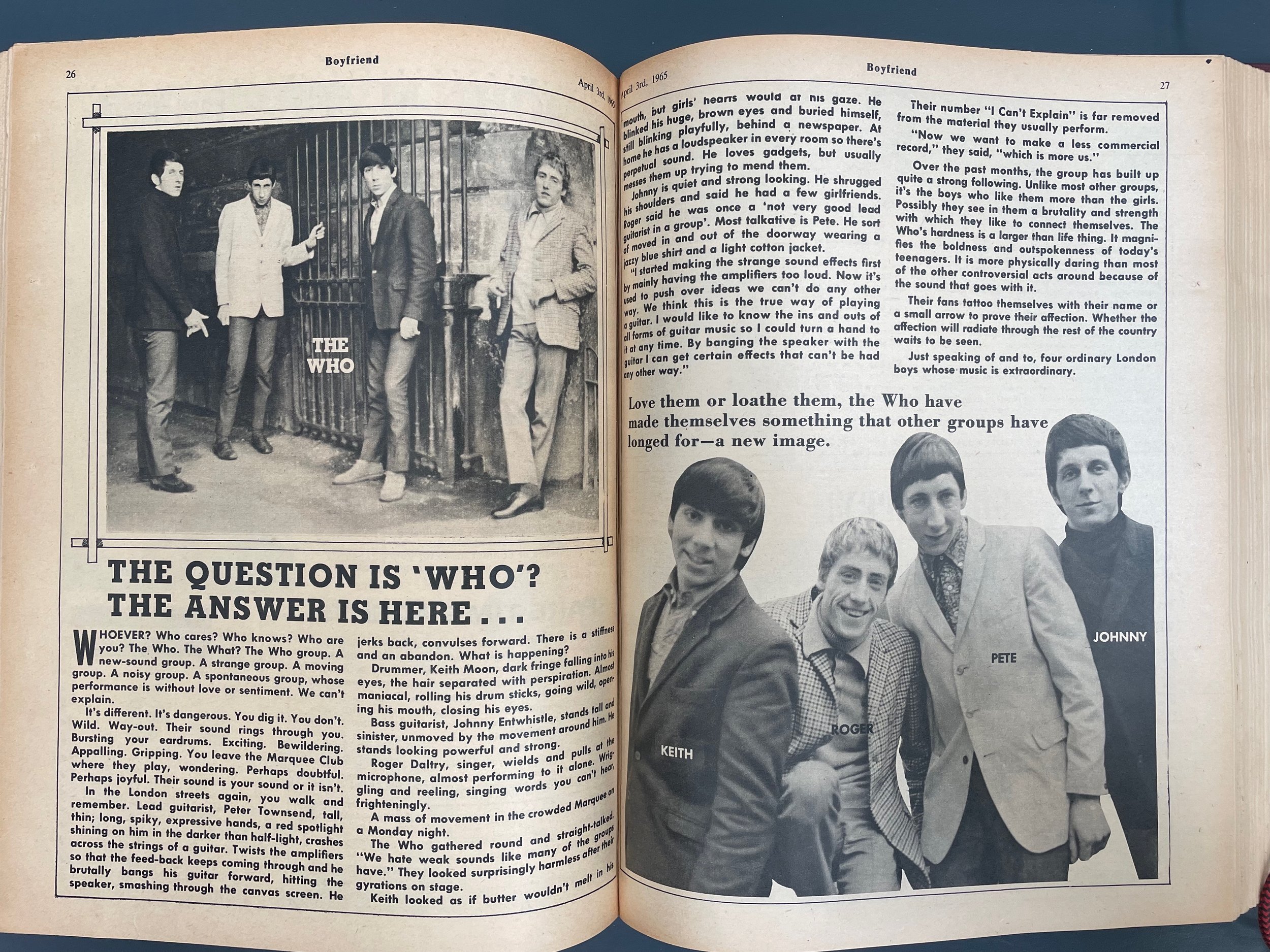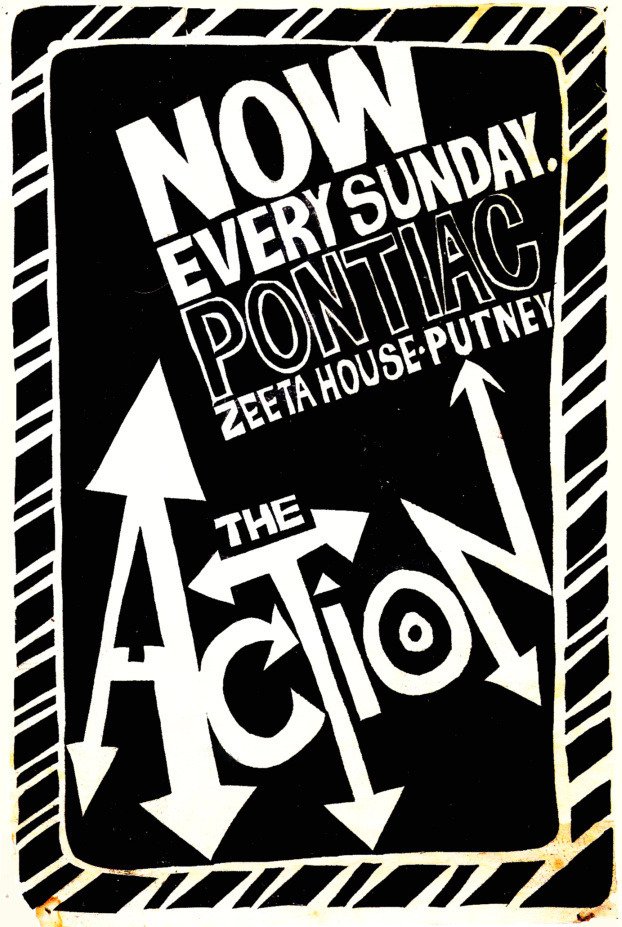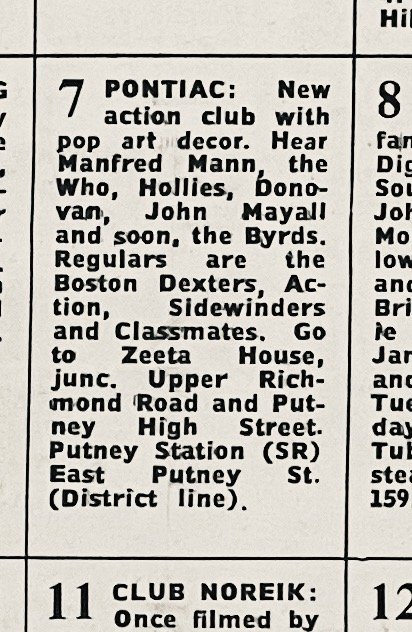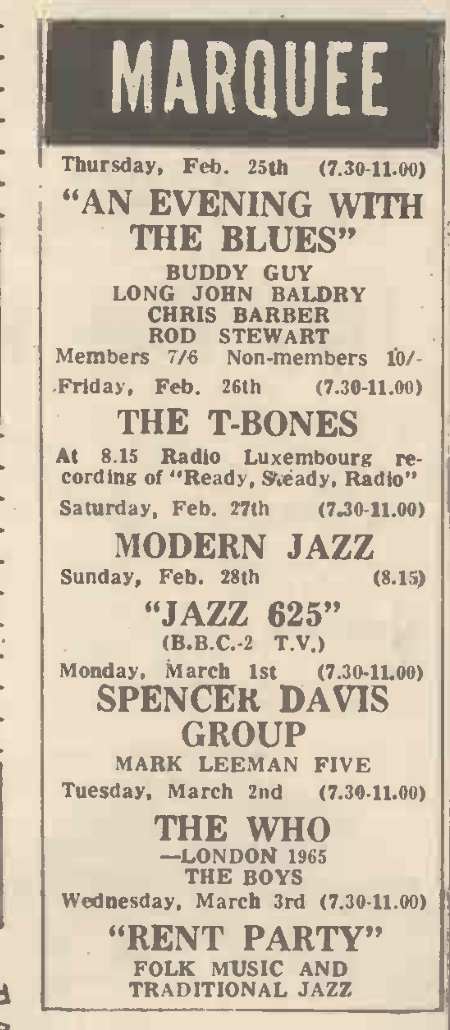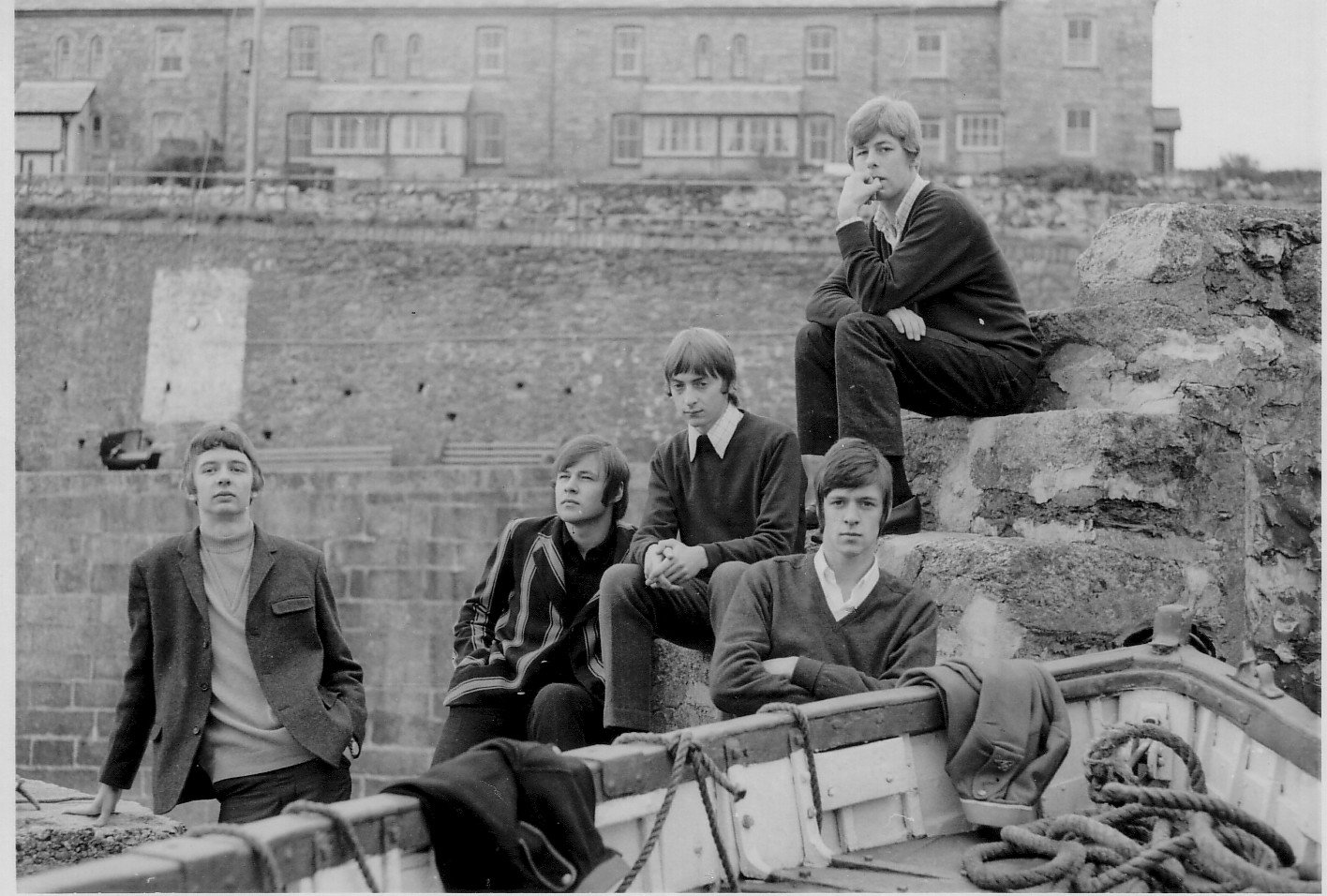Looking at The Who from an angle that is extraneous to what we might call a rock documentary-like mythologizing approach, A Band with Built-in Hate opens itself to two intriguing prospects. First, it treats its subjects as captivating provocation. The Who’s, and in particular Pete Townshend’s, volatility in embracing the attitude, vocabulary and signifiers of mod or pop art is thoroughly examined. ‘What the Mods taught us was how to lead by following’, Townshend candidly reveals at one point (37). We watch his band enthusiastically identify as mod early on, then dismiss the scene altogether, then proudly reintroduce themselves as pop practitioners: ‘from valueless objects—a guitar, a microphone, a hackneyed pop tune, we extract a new value. We take objects with one function and give them another’, Townshend theorizes in 1966 (76). Now, where exactly does artistic evolution end and well-timed appropriation begin? Stanfield’s book is too discerning to make a point of asking that. Rather, it makes sure that the matter is left open to discussion. Neither apologetic nor accusatory, it gives the reader enough material to thought-fully consider both positions.
The other welcome consequence of Stanfield’s multifaceted approach is that the book proves an absorbing read for avid fans and casual listeners alike. Much like this writer, you don’t need to be a fan of The Who to eagerly devour these pages and their stimulating arguments. At the same time, there is more than enough to consider and explore for completists who have already seemingly read every publication on the band. Also, and importantly, the book sits evenly between the scholarly and the deftly flowing page-turner: a most appropriate middle way, when you remember Nik Cohn praising Who songs for being an ‘obvious reaction against the fashionable psychedelphic [sic] solemnity, against the idea of pop as capital-letter Art [...]. It is all mainline pop, bright and funny and blatantly commercial’ (1967: 13).
As for equally pleasing fans and not-necessarily-fans, here’s where Stanfield’s secret might lie. Often looking from the outside, far from the front row, he treats the non-musical, un-obvious material as much more than mere pretext to explain The Who better. As a result, the reader is more likely to understand the band and their music—as well as the constantly evolving pop culture around them—better.
Where A Band with Built-in Hate’s journey ends is a brilliant insight in itself. ‘My personal motivation on stage is simple’, Townshend told the London Sunday Citizen in 1965 (as quoted in Gary Herman’s The Who, the first publication on the band):
It consists of a hate of every kind of pop music and a hate of everything our group
has done. You are getting higher and higher but chopping away at your own legs.
I prefer to be in this position. It’s very exciting. I don’t see any career ahead. That’s
why I like it—it makes you feel young, feeding insecurity. If you are insecure you
are secure in your insecurity. I still don’t know what I’m going to do (1971: 94).
It is fitting, then, that a book about ‘the new forms of cultural crimes The Who carried out’ would wave its subject goodbye around Quadrophenia. Which is to say, when The Who had indisputably morphed into classic rock and secured a career. When compilation albums and concept albums had become the norm, when stage moves had long been codified and (most dangerously) well accepted. When, arguably, wealth had replaced style. The degeneration of ‘My Generation’, we might call it. It didn’t come without irony or consciousness: ‘I’m desperately trying to sleep off the results of the last leg of the Who tour with a little meditative Mercedes buying’, Townshend would quip after up-and-coming Eddie and the Hot Rods convinced their label to get in touch with him and seek a possible collaboration (229).









